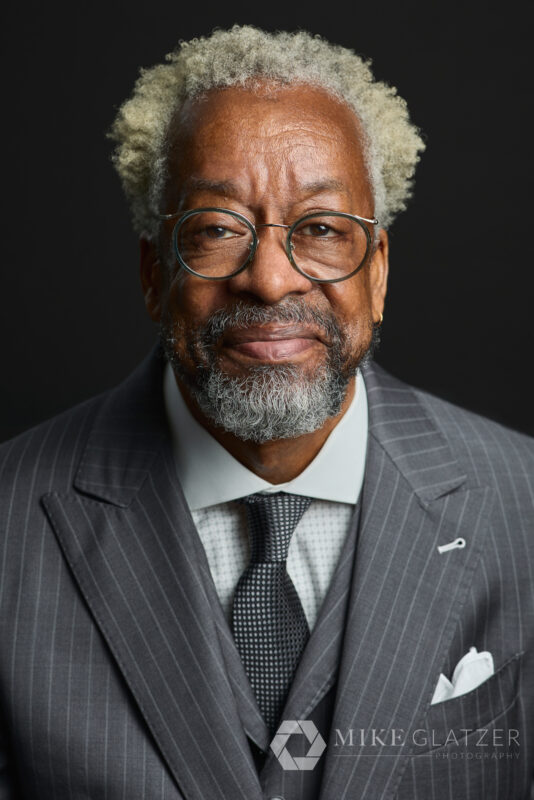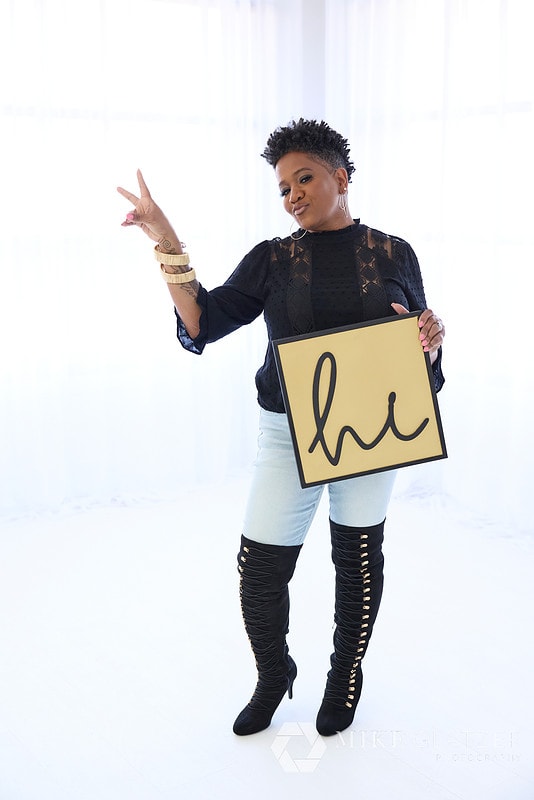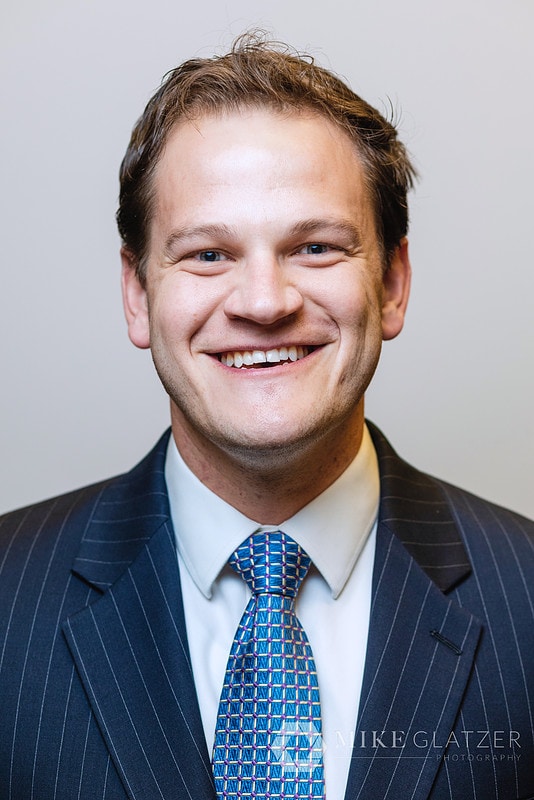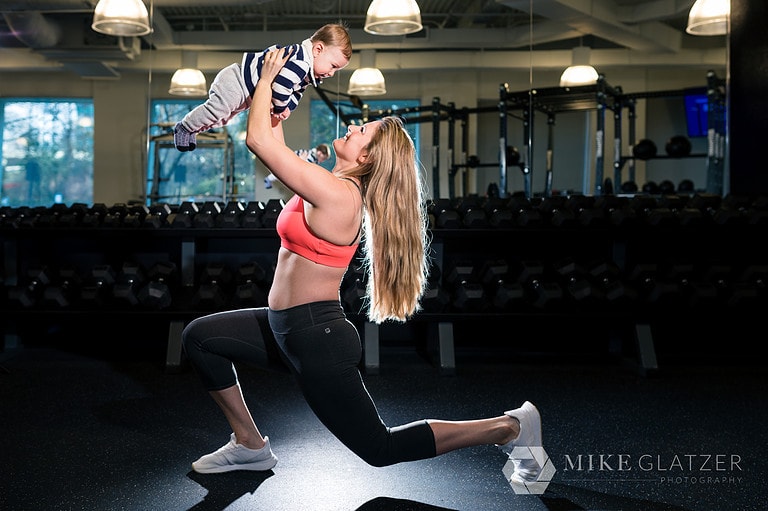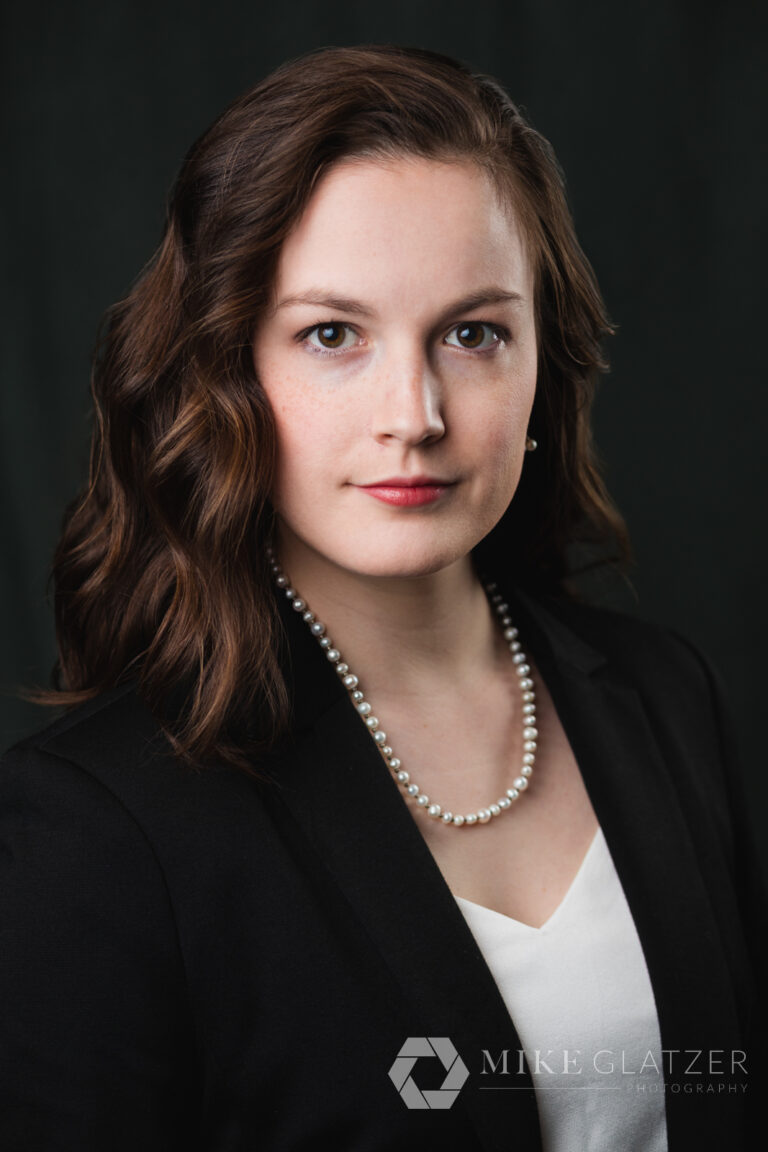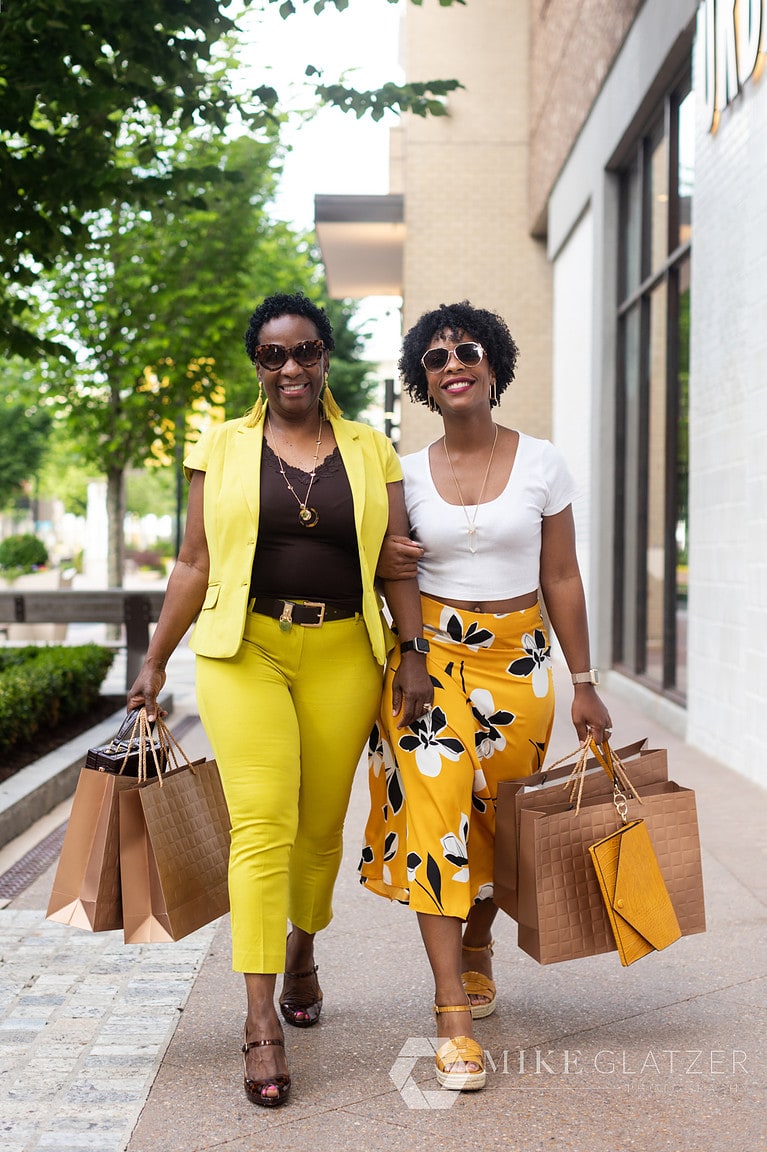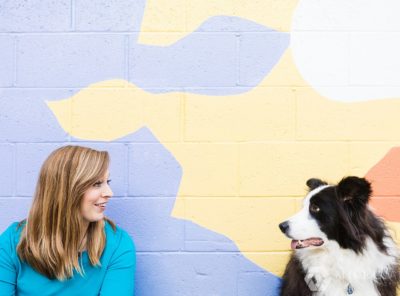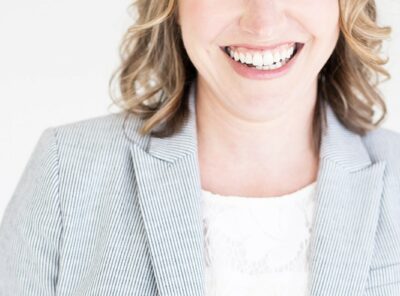What’s The Difference Between Headshots And Brand Portraits?
As social media and the internet have exploded and become an essential element of advertising and marketing yourself or your business, there’s been a rise in brand portraits. For the longest time, everyone thought you simply needed a headshot and were good to go. But now, many business people must show themselves all over their websites and social media, displaying more of their personalities and working in their businesses. Both headshots and brand portraits serve a distinct purpose and require different techniques to achieve a successful result. But what’s the difference between headshots and branding portraits?
Composition Differences
Headshots are typically composed of a person’s head and shoulders, focusing on their face. The background is often plain and neutral, with no distractions. The aim is to capture a clear and crisp image of the person’s face, which can be used for various purposes, such as a LinkedIn profile, a website bio, or the team page of a larger organization’s website.
Brand portraits are more artistic and creative. They are often taken in a more natural environment, such as a workspace or outdoor location. The composition may include more of the person’s body, including their surroundings, props, and accessories. The aim is to create a visual representation of the person’s brand and personality so that potential customers get a sense of the business and develop those “like, know, and trust” feelings.
What Are Headshots And Branding Portraits Used For?
Headshots are typically used for a resume or LinkedIn profile picture. They can also be used on the About page of a website, including web pages specifically showing off the entire team. Headshots can also be used to advertise for speaking at conferences or events.
Brand portraits are supercharged headshots. Brand portraits intend to visually represent the person’s brand by creating imagery that can be used for various purposes, such as marketing materials and collateral and images for a website and social media. The goal is for viewers to feel like they know the brand, how it works, and the experience of working with it to leverage their patronage eventually. The difference is that headshots don’t always tell the whole story since the composition is limited.
This article asks some great questions to determine if you need headshots are should pursue a brand portrait session.
Location & Lighting for Headshots vs. Branding Portraits
The lighting for headshots is usually very even and consistent, explicitly illuminating the person’s face. The aim is to eliminate harsh shadows and create a clean and polished image. Professional headshots shouldn’t have significant shadow areas or details that aren’t easily visible to the viewer. Don’t be confused with acting headshots which can be much more dramatic and have moodier lighting.
Depending on the brand, the lighting for the images may be all-natural or use a lot of off-camera-flash to create something more dramatic. The aim is to create an image that tells a story about the person and their brand. These brands will have to work with their photographer to describe their brand so that the photographer can craft the lighting to match that brand intent.
Posing & Personality for Headshots and Brand Portraits
In headshots, the posing is often very straightforward, with the person looking directly at the camera. The aim is to capture a confident and trustworthy image. However, some headshots may include different angles or head tilts to add a bit of personality to the picture. Those who worry about awkward hands rejoice – along with pants, and feet, hands are rarely seen in a headshot.
A posing difference is that brand portraits can be more relaxed and natural and can encompass the entire body. The aim is to capture the person’s brand and personality in a unique and creative way. The setup for the images may include incorporating props or accessories that represent the person’s brand, such as work tools, and use any combination of seated or standing poses that also communicate the brand’s story and culture.
Wardrobe Differences
In headshots, the wardrobe is typically very professional and conservative. The goal is to create polished images that say, “I’m trustworthy.” For example, men may wear a suit and tie, while women may wear a blouse or jacket. This article has more specific information on how to dress for professional headshots.
The wardrobe can vary significantly for brand portraits, which is another difference from headshots. It depends on the brand and what message needs to be conveyed. Casual, easygoing, and bohemian – there will be more neutral tones, flowy clothing, and maybe a few wide-brimmed hats. On the other hand, a very professional, corporate-style brand will have more suits and traditional colors like blues, whites, blacks, and greys.
Headshot Photography vs Branding Session Cost
The cost difference between professional headshots and brand portraits can vary depending on various factors, such as the photographer’s experience, location, and the level of customization required for each image. In general, however, brand portraits tend to be more expensive than headshots.
This cost difference is because brand portraits require more time and effort from the photographer to create. Brand portraits are often taken in a more natural environment, which may require the photographer to scout locations and plan the shoot accordingly. Additionally, brand portraits may require more time for styling, wardrobe, and makeup, which can add to the overall cost.
On the other hand, headshots are usually taken in a studio environment, which requires less planning and preparation from the photographer. The composition, lighting, and posing are often straightforward; therefore, the total session time is faster. As a result, the overall cost of a headshot session is usually lower than that of a brand portrait session.
It’s important to note that while brand portraits may be more expensive than headshots, they also offer more value in terms of branding and marketing. Brand portraits can help you create a unique and memorable visual identity for your business, which can help you stand out in a crowded market. Additionally, most brand portrait sessions include taking headshots. Ultimately, the cost of professional photography should be viewed as an investment in your business or personal brand rather than an expense.
Wrap Up
Headshots and brand portraits are two distinct types of photography that serve different purposes. Headshots are more formal and professional, while brand portraits are more creative and artistic. The lighting, composition, personality, and intent of each type of image are different, but both are important for creating a strong personal brand. Whether you need a headshot or a brand portrait, it’s essential to work with a photographer who understands your needs and can capture your images in a way that represents you and your brand.

